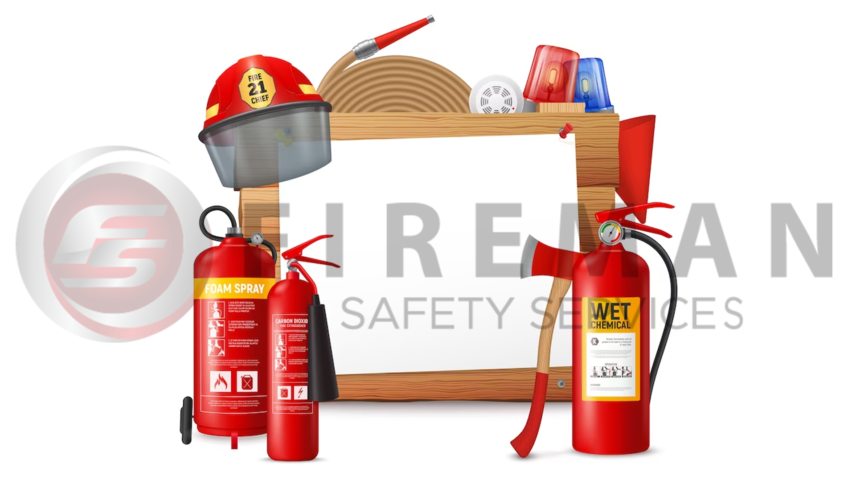
Fire Extinguisher Regulations and Compliance for Electrical Fire Safety
Fire safety is a major concern in any situation, and when it comes to the environment associated with electrical equipment, the risk is even higher. Electrical fires can cause extensive damage, destruction, and even life-threatening situations. Compliance with fire codes and standards is essential to ensuring effective fire protection. In this blog, we will explore the importance of following electrical fire safety regulations and the role of a fire extinguisher in meeting these requirements.
Fire Extinguisher and understanding the legal situation:
Fire safety regulations and compliance standards have been established to protect life, property, and critical infrastructure. These codes were developed by government agencies and international organizations to establish standardized fire prevention, protection, and response programs.
- Fire extinguishers and electrical fire hazards: Electrical fires present unique challenges due to the presence of live electrical equipment. Regulatory agencies recognize this difference and provide guidelines for appropriate fire extinguishers for different types of fires.
- Constitution and Laws: In the United States, the National Fire Protection Association (NFPA) establishes standards and regulations for fire safety, including the use of fire extinguishers. Titled the “Standard for Portable Fire Extinguishers,” NFPA 10 outlines requirements for the selection, installation, inspection, and maintenance of fire extinguishers
- Selection of fire extinguishers: Fire extinguishers are classified on the basis of their effectiveness in fighting specific types of fires. CO2 (carbon dioxide) fire extinguishers are generally recommended for electrical fires. These extinguishers eliminate oxygen and swallow flames that do not yet have harmful residues that can damage delicate equipment.
- Installation and Accessibility: The code specifies the appropriate location and accessibility of the fire extinguisher. They should be located near fire zones and moving routes and be easily accessible. Fire extinguishers must be readily accessible in areas where electrical appliances are located without posing a danger to those attempting to use them.
- Inspection and Maintenance: Regulations mandate regular inspections and maintenance of fire extinguishers to ensure their continued operation. Inspection procedures, test procedures, and maintenance procedures are detailed to ensure firefighters are prepared to respond effectively to emergency situations.
- Training and awareness for employees: Compliance includes not only equipment but also employee training. Fire safety training is ideal if individuals are aware of fire hazards, understand how to safely operate fire extinguishers, and are adequately prepared to respond in an emergency.
- Liability and Legal Responsibility: Complying with fire safety codes isn’t just good practice—it’s a legal obligation. Failure to comply may result in fines, legal penalties, and potential injury to individuals and property.
- Standards developed: Fire safety regulations are dynamic and can be updated as new technologies and practices emerge. Staying aware of these changes keeps you in compliance and provides effective fire protection.
Key takeaway points
- Adhering to fire safety regulations and compliance standards is crucial for safeguarding lives, property, and critical infrastructure.
- Proper selection of fire extinguishers is essential, and guidelines are provided to ensure the right type is chosen for different fire scenarios, with CO2 extinguishers often recommended for electrical fires.
- Proper installation and accessibility of fire extinguishers are specified by codes. Regular inspection and maintenance are mandated to ensure their ongoing effectiveness.
- Staying informed about evolving standards is crucial for maintaining compliance and effective fire protection measures.
Electrical fire safety isn’t just a logical statement—it’s a systematic discipline based on adherence to codes and standards. Fire codes provide a clear strategy for preventing and reducing the risk of electrical fires. By selecting, installing, and maintaining fire extinguishers in accordance with this code, individuals and organizations can ensure the safety of their premises, protect valuable assets, and protect those involved in all welfare activities there.
People also search for: Fire and Safety, Fire Alarm System, Fire Protection
